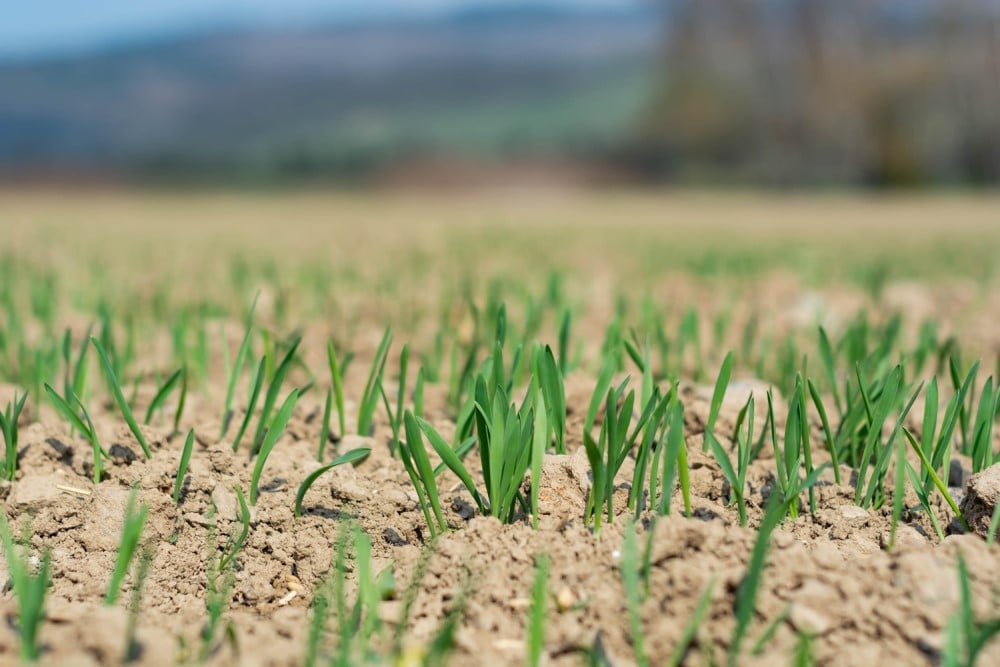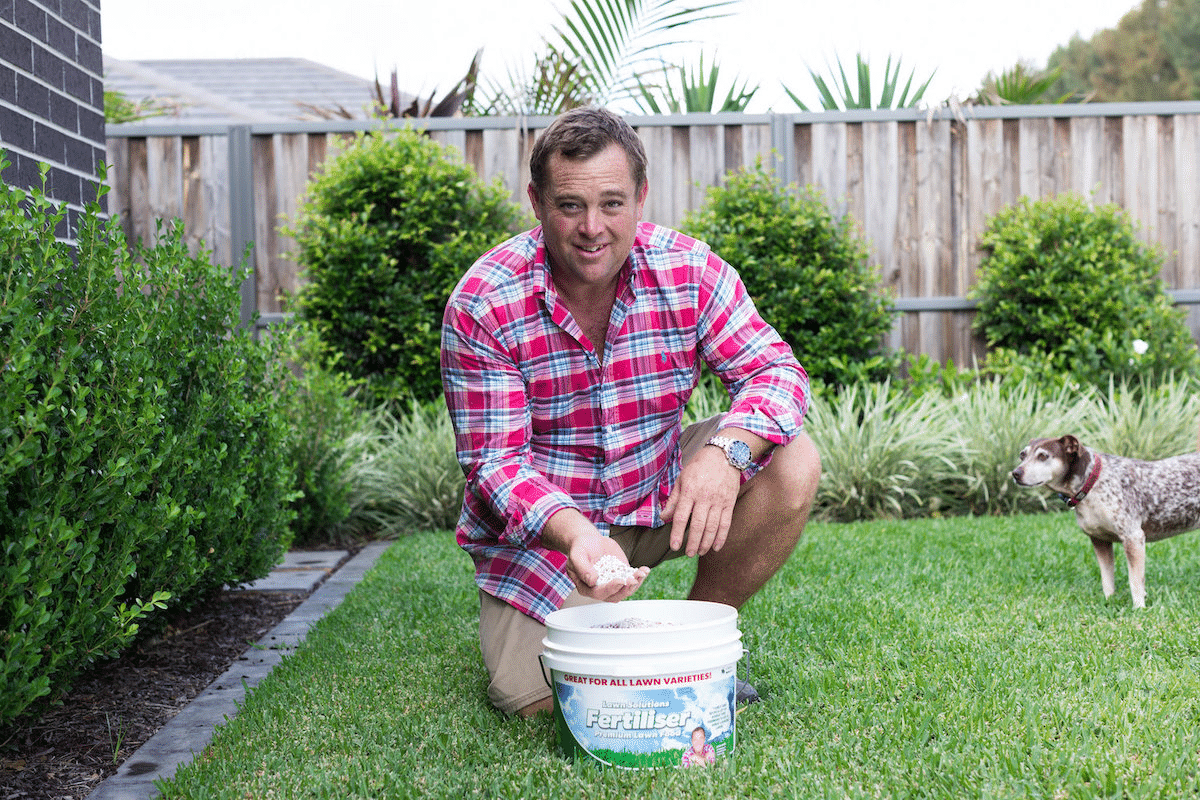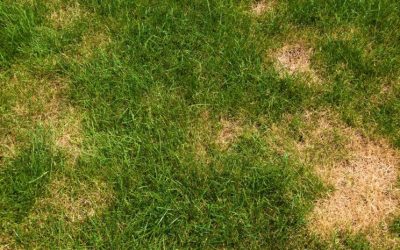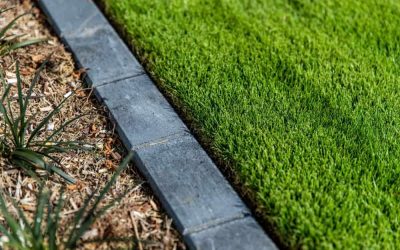Can Grass Grow in Sandy Soil
Quick Links
Establishing Grass in Sandy Soil
Sandy soil is not uncommon throughout NSW and Australia. In fact, any soil with sand content above 50% is considered to be sandy soil.
While sandy soil is well suited for growing grass, very sandy soil can pose some challenges to establishing a new lawn.
Soils with high sand content tend to drain quickly, meaning your grass will require more watering, but lawns are also less prone to problems with standing water, such as turf diseases, which can damage or kill turf grass.

Another issue with sandy soil is that it doesn’t retain nutrients as well as other soil types. This means that you’ll need to add nutrients through regular applications of fertiliser.
If you live in an area of sandy soil and think a lawn is never going to happen, think again.
You have a couple of choices. The key is to choose a grass type that is drought tolerant with deep roots to absorb water and nutrients.
However, you can also adjust your soil texture to decrease the amount of sand.
Adjusting Your Sandy Soil
If you’ve had trouble growing grass in your lawn before, you may decide that adjusting the soil makeup first will be the best option.
The first step is to get the soil tested. By truly knowing what you’re dealing with, rather than simply looking at it, you will be able to make better decisions and waste less time, effort and money.
How Much Sand is Too Much?
Getting the right balance is key for a great lawn, as too much sand will mean that water drains away quickly and the sandy soil will dry out quickly.
You will also find that without enough soil in the mix will mean that nutrients drain away along with the water.
However, where sandy soils have the advantage is that a healthy amount of top sandy soil will aid grass grow and establish quickly.
As sand grains are larger, your grass plant roots will find it easier to grow through the soil.
When choosing a sandy soil to grow grass, we’ve found that a sandy loam is the best option.

This is a good mix of sandy soil to help with early establishment, and will help to retain moisture and nutrients for your new grass.
Generally, a sandy loam is 70% sand and 30% soil, which will allow water and air to move more freely through the soil.
Sandy soils can usually benefit from the addition of organic material, such as well-decomposed compost, ground bark, or peat moss, which will help the soil to retain both moisture and nutrients.
Adding Organic Matter To Sandy Soils
Sandy soil without organic matter often leads to fast draining and dry soil, as well as a lack of nutrients.
By adding organic material, such as compost, will help your sand-based soil retain enough water for your lawn, as well as reduce the frequency of fertiliser required.
With a sandy loam, you will find that it combines the benefits of clay, sandy and silty soil.
Then, with the addition of organic matter, your lawn care will be easier and most grass types will find it easy to grow with less water and fertiliser required.

Grass Varieties Suitable For Sandy Soils
Some turf grass species are especially well adapted to growing on sandy soil.
And, luckily for us in Australia, several warm-season grasses are able to grow well in the sandy soils.
Varieties that grow particularly well in a sandy soil include Bermuda grass, Zoysia grass and Buffalo grass.
TifTuf Bermuda Grass
TifTuf Bermuda grass is a warm-season grown with excellent drought tolerance. As it requires less moisture than other warm-season grasses, it is well suited to a sand based soil.
TifTuf lawn grows quickly and will spread over yards in a dense growth habit. This lawn will also thrive in areas of full sunlight.
Sir Grange Zoysia Grass
A premium choice, Sir Grange Zoysia boasts a beautiful appearance and is incredibly soft underfoot.
With a dense growth habit, Sir Grange is known for deep roots and low maintenance in comparison to other turf grass.
Sir Walter Buffalo Grass
Born and raised in our tough Australian conditions, DNA Certified Sir Walter lawns are prepared all year round.
It has high drought tolerance, is winter active and remains a crisp green in all seasons.
With deep root growth, Sir Walter lawn is well equipped for a soil mix of sand and loam soil.
This lawn variety is also easy to maintain and has other beneficial qualities such as being non-allergenic.
Lawn Care to Grow Grass in Sandy Soil
Fertilising lawns in sandy soils
Turf grass grown on any type of soil will benefit from the regular fertilising, but sandy soils may require even more fertiliser to make up for their lack of nutrient-holding ability.

In general, you should fertilize new turf more often than established grass, about every 2 months rather then each season you should fertilise a fully established lawn.
Watering
Even once a lawn is established, watering your lawn is still incredibly important. The key to keeping the grass healthy with deep roots is watering deeply and as infrequently as possible.
This will encourage your grass to grow deep roots as it searches for more water further into the ground.
Mowing
Grass plants with longer blades have longer roots. However, you don’t want to let your lawn become unruly and untidy.
In growing season, you may need to mow once every week or two depending on the grass variety. As a rule, you do not want to cut off more than 1/3 the height of the grass at a time.
If your grass gets too long, it is better to cut it down to the length you want, a little bit at a time, rather than hacking it off all at once.

read more!
recent posts
What is the Best Grass for a Lawn? A Complete Guide to Top Choices
Discover the best grass options for your lawn with our complete guide. Make informed choices for a lush, healthy yard. Read more to find your ideal grass!
Choosing the Right Weed Killer for Your Sir Grange Zoysia Lawn
Discover the best weed killer for Sir Grange Zoysia and essential tips for effective application. Enhance your lawn’s health and beauty!
Why Is My Zoysia Grass Dying? Common Causes and Solutions to Revive It
Is your Zoysia grass struggling? Discover common causes of decline and effective solutions to restore its health. Read the article for expert tips!
How To Repair Zoysia Grass
Learn effective solutions to repair Zoysia grass and achieve a lush, healthy lawn. Discover practical tips and techniques to restore your yard today!

Our Turf
TifTuf Bermuda
Buy Turf Online © 2019 All Rights Reserved. | Proudly Designed and Developed by Sydney ICT




